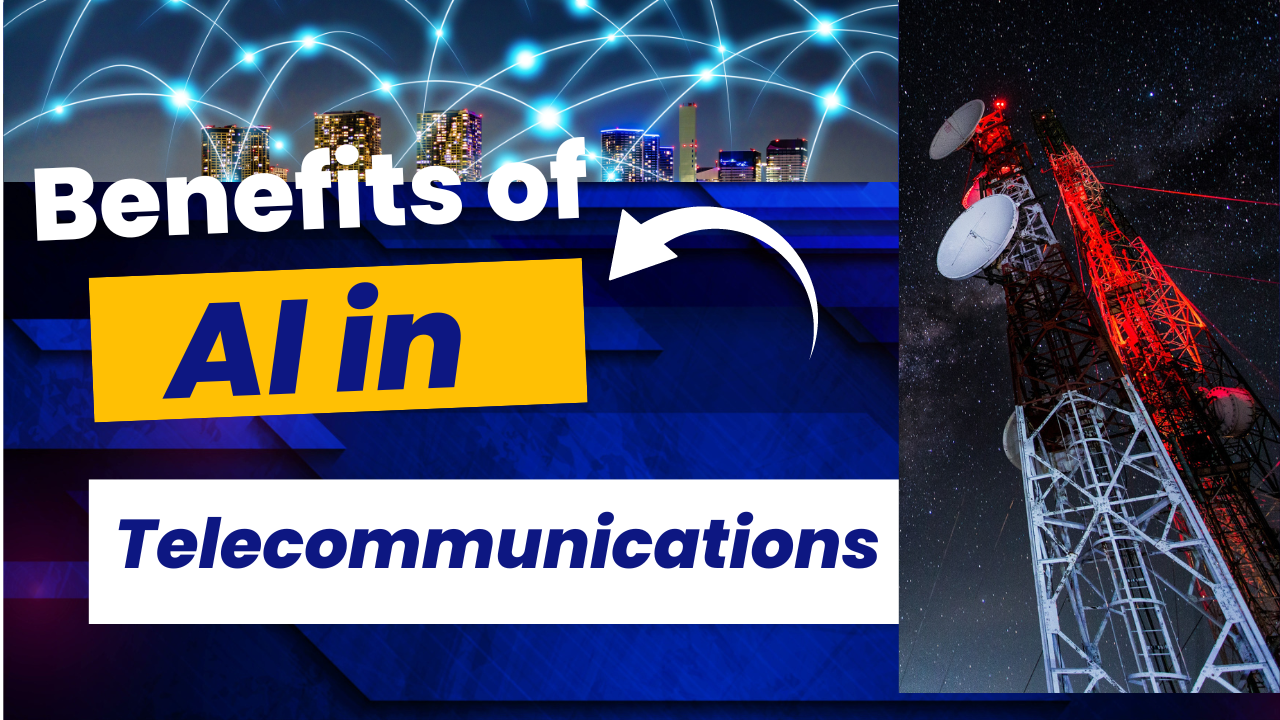ICTpost Governance Bureau
With the rapid developments in information and communication technologies, it now appears possible for the government to interact with citizens in a more uniform manner. Today, there are networks having universal footprints and there are applications that can be accessed from next generation smart devices, which are getting more and more affordable. With innovative and effective use of these three pillars of ICT the networks, the smart devices and the applications even the less empowered citizens can be included in the overall e–Governance framework and can have easier access to government welfare schemes and services.
Each of these pillars carries the potential to bring about changes that are likely to take place in the near future with respect to service delivery by the government.
The evolution and adoption of handheld devices has been phenomenal over the past years. The availability and affordability of these handheld access devices implies that there will be a compounding effect on the networks and applications being used by such devices. Mobile penetration in India has crossed the 60 percent mark and the demand of smart hones and handheld computing devices like notebooks and netbooks is ever increasing.
The processing speed of these devices is also increasing and so is the demand for various features and applications running on these devices. Next-generation features like GPS based navigation, GIS, inbuilt scanner and advanced wireless accessories promise to kick in far reaching changes. Their usage will eventually force developers to change the way applications are developed for these smart devices. Introduction and acceptance of next generation devices has increased in the urban centres as well as in remote areas. The entire IT infrastructure and application ecosystem is on the verge of a major overhaul and the expectation from the consumer is ever increasing to bring about this change.
The demand for government services by citizens will increase through availability of mobile handheld devices and with increased ease of access, enhanced tracking and monitoring. The new devices that will be available in the enterprise-grade category, like wireless printers, scanners and high-end portable biometric devices, can be used in government offices for faster verification processes as well as faster service delivery to citizens.
Next-generation applications are being designed keeping in mind the demands from mobile devices and the cloud computing paradigm. The key aspects that need to be addressed by developers while designing applications for next-generation devices and networks include interfaces between disparate technologies, device configuration, software deployment and upgrades, user interface, performance, memory management and security.
In order to effectively address these, developers need to follow a standard for development based on following principles: thematic consistency, exploiting device capabilities, testing, resource URLs, balanced structure, target identification of links, image maps, externally linked resources, page content, layout and definition.
Openness of these ecosystems may be exploited by the APIs from non-trusted sources that may access the mobile resources and damage the device or the network. This issue has to be managed through better security architecture and pre-emptive monitoring of the networks.
The application deployment model will also change as the traditional model will not really work on mobile handheld devices. Similarly, the database structure has to change for future applications. The applications developed need to be lighter, faster and more secure for encrypting private and sensitive data. Most of the data processing will be carried out on the server end to minimise the requirement of bandwidth and the processing power on mobile devices.
With new applications being developed and accessed through mobile devices, the service provisioning by government channels would change and lead to more transparent, time effi- cient and effective service delivery models.
The overall penetration of e-Governance services would be enhanced by such transformation. It will not only help in better service delivery but will also bring digital equality among masses and will particularly bring better infrastructure to rural areas.
Indeed, an e-Governance service delivery transformation can be achieved through successful implementation of these three key pillars of ICT across the government. editor@ictpost.com








